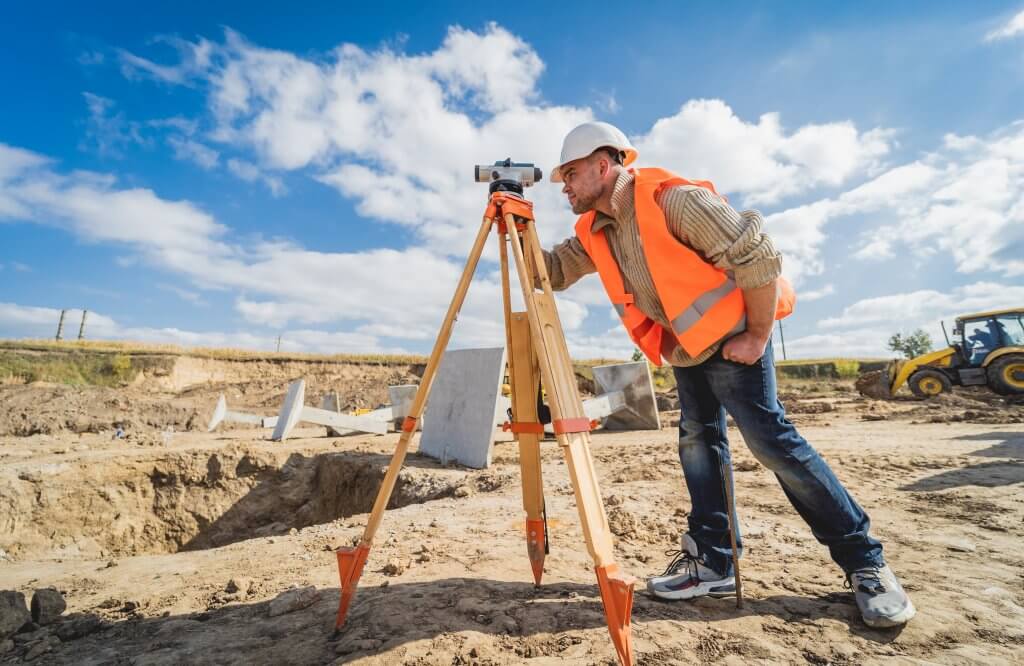March 8, 2024
Every architect and contractor has heard the tale of a project that encroaches on the land, or easement of another. These stories often result in partial or even complete demolition of the encroaching building, or expensive settlement agreements. This article will detail how surveyors can reduce headaches later during the life of a project, and how AIA Contract Documents can guide parties in determining the scope of such a survey.
The Pre-Design phase of a construction project often starts with a blank slate, or something close to it. Therefore, it is critical to gather actionable information that will assist the forthcoming design phase. One aspect of the Pre-Design phase is retaining consultants to determine the characteristics of the parcel of land itself. AIA Contract Documents provides form contracts to retain such consultants on upcoming projects. Engaging the right consultants early in the process can aid owners and contractors in designing the project, as well as managing risk.
AIA Document C201™-2015, Standard Form of Consultant’s Services: Land Survey provides a form of agreement to retain a land surveyor consultant that will perform surveying work for the project site. It is important to survey the parcel(s) on which the project will sit to ensure that parties will understand the site prior to commencing work.
Article 1 of the agreement includes preliminary information, such as right of entry to the site, a description of the property to be surveyed and incorporates C103™-2015. Article 2 contains the Surveyor’s Services and provides a number of potential services to include within the land surveyor’s scope of work. Parties can select several services to be included in the survey in § 2.1.5, including a boundary survey and topographical survey. These will inform the parties about the dimensions of the site, as well as its physical characteristics.
Critically, § 2.2.8 requires the surveyor to show easements and rights of way, including any planned rights-of-way. By including these, parties can plan construction around the legal rights of others. C201™-2015 also requires the surveyor to note set-back requirements, flood zone classification, and wetland designations. Running afoul of any of these legal requirements can lead to fines, or even costly mandated remediation.
Benjamin Franklin famously quipped that “an ounce of prevention is worth a pound of cure” – on a construction project, retaining a land survey consultant under C201-2015 can equip owners, architects, and contractors with the information necessary to prevent unwanted legal issues down the road.
AIA Contract Documents software allows you to efficiently create, share, and manage the industry’s leading construction documents. Request an ACD5 Product Demo Here.
AIA Contract Documents has provided this article for general informational purposes only. The information provided is not legal opinion or legal advice and does not create an attorney-client relationship of any kind. This article is also not intended to provide guidance as to how project parties should interpret their specific contracts or resolve contract disputes, as those decisions will need to be made in consultation with legal counsel, insurance counsel, and other professionals, and based upon a multitude of factors.

